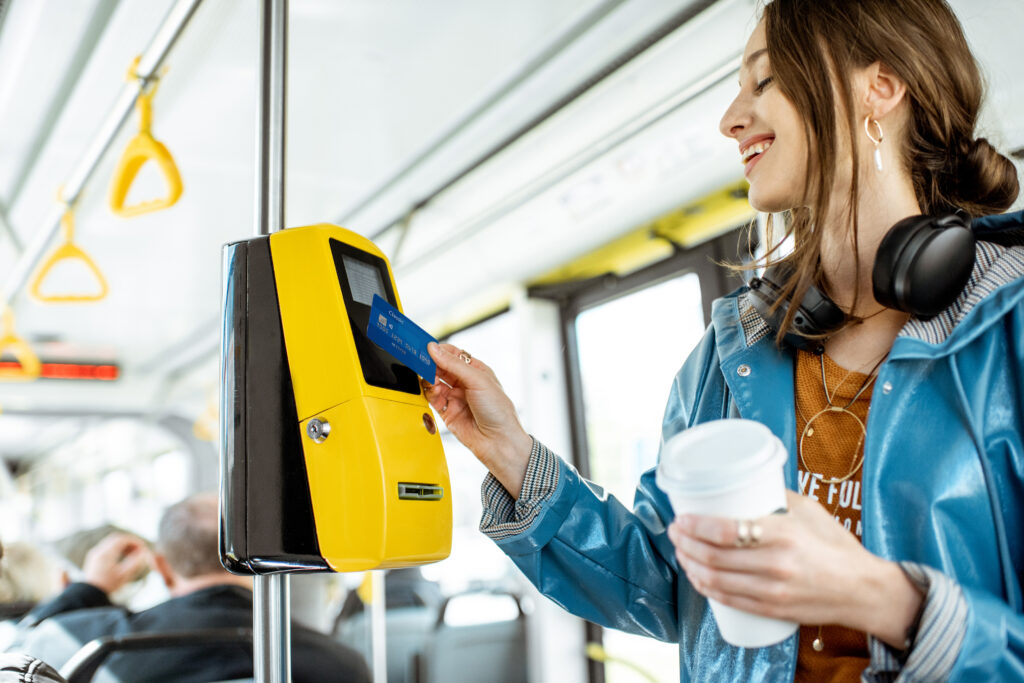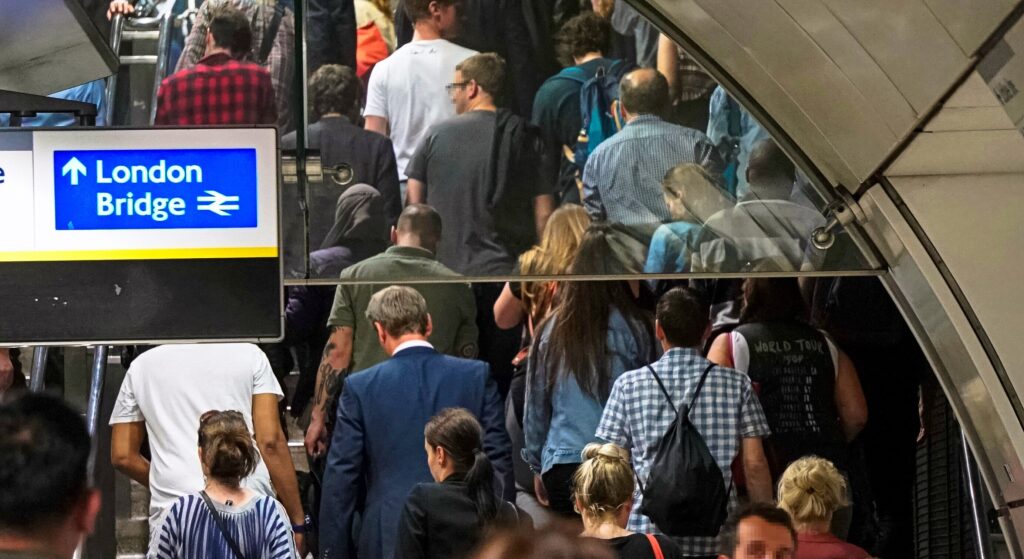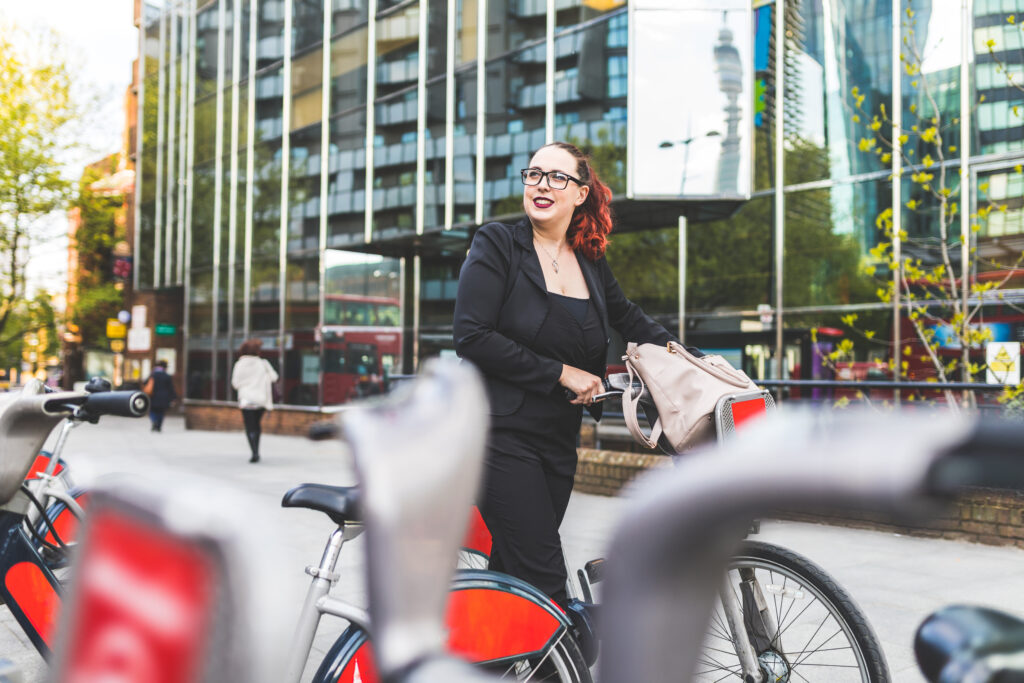If you’re a student in London, you’re probably trying to explore the city without breaking the bank. The good news is, there are plenty of ways to get around the city on a budget. London may seem intimidating with its overly complicated Tube system and endless bus routes, but you’ll be easily zipping between iconic landmarks once you get the hang of it. Here’s a guide to travelling around London cheaply, efficiently, and with less stress.
1. Oyster Cards & Contactless Payment
The cheapest way to travel around London is with an Oyster card or contactless bank card. The Oyster card is a reusable smart card that allows you to pay as you go on public transport. Here’s why you need one:
- Cheap fares: The pay-as-you-go Oyster or contactless card fares are much cheaper than buying individual tickets.
- Daily cap: There’s a daily cap on what you spend, so even if you travel a lot, you won’t overspend. For zones 1-2, central London, the cap is currently around £8.10 per day.
- Student discounts: If you’re a full-time student, apply for the 18+ Student Oyster photo card, which offers a 30% discount on travel cards and bus passes.

2. Navigating the Tube system
London’s Underground (the Tube) can be overwhelming at first, especially with its 11 lines and 270 stations. But don’t worry, here’s how to simplify it:
- Use apps: Download Citymapper or Google/Apple Maps to navigate the Tube and buses. They’re lifesavers when it comes to planning your route and avoiding delays.
- Know your zones: London is divided into nine fare zones, with Zone 1 being the most central, where most of the famous tourist spots are. As a student, you should check which zone your university falls in, however, you’ll likely stick to Zones 1-2 unless you’re visiting outer areas.
- Key train lines:
- Central Line (red) for Oxford Street, the British Museum, and Notting Hill.
- Jubilee Line (grey) for Westminster (Big Ben and Parliament), the London Eye, and Tower Bridge.
- Piccadilly Line (dark blue) for Piccadilly Circus, Covent Garden, and quick access to Heathrow Airport.
- District Line (green) for South Kensington (museums) and Kew Gardens.
- Local stations: If you’re staying near popular student areas like Camden, King’s Cross, or Shoreditch, you’ll be close to major Tube stations with connections to the entire city. Camden Town (Northern Line) is great for quirky markets, while King’s Cross (Circle, Piccadilly, Victoria lines) is ideal for connections to the rest of the UK.
3. Avoid peak hours
Peak hours on public transportation systems, like the London Tube, occur on weekdays when people commute to and from work. These times are typically:
- Morning Rush: 6:30 AM – 9:30 AM (Monday to Friday)
- Evening Rush: 4:00 PM – 7:00 PM (Monday to Friday)
During these periods, trains, buses, and stations are usually packed with commuters, and fares are often at their highest due to increased demand. Planning your travel outside these times can lead to a significantly more comfortable and economical experience.
- Cost Saving: One of the main advantages of avoiding peak hours is the potential to save money. Many public transport systems, like London’s Tube or national rail services, offer off-peak fares which are much cheaper than tickets purchased for travel during peak hours. These off-peak fares apply to trips made outside of the busy commuting times, allowing travellers to spend less while still getting around the city efficiently.
- Comfort and Space: Commuting during peak hours can be stressful. Trains are often packed to capacity, and it’s not uncommon to find yourself standing shoulder-to-shoulder with other passengers. For travellers, especially those unfamiliar with the city’s transport system, this can be overwhelming. By avoiding these busy periods, more seating is available, especially on longer routes or in quieter stations.

4. Walking and cycling
London is incredibly walkable, and sometimes, walking is the quickest way to get from point A to B in central areas. Many tourist attractions are closer than they seem on the map. For instance, you can walk from Covent Garden to Leicester Square in 5 minutes, or from Buckingham Palace to Westminster in about 15 minutes.
- Santander Cycles: If you’re up for it, renting a bike is a fantastic and eco-friendly way to get around. Santander Cycles (or Boris Bikes as they’re also known) are available at docking stations all over the city. It’s £1.65 for unlimited rides of up to 30 minutes in a 24-hour period. Just tap your bank card at any docking station to unlock a bike.

5. Railcards
Railcards are an excellent way to save money on train travel in the UK, and they are especially beneficial for frequent travellers, students, or anyone planning to take longer trips outside London. One of the most popular options is the 16-25 Railcards, but there are other types of Railcards available for different age groups and circumstances.
16-25 Railcards Overview
- The 16-25 Railcards, sometimes known as the “Student Railcards,” offers a 1/3 discount on rail fares across the UK for anyone aged between 16 and 25, or for full-time students over 25. This makes it an ideal option for students, young professionals, or travelers who want to explore cities beyond London while saving on train costs.
- The rail card is valid for one year and typically costs £30, though three-year Railcards can also be purchased for £70. This initial cost is often quickly recovered through the savings made on just a few trips.
- Many major journeys can see significant reductions. For example, if you’re traveling from London to cities like Oxford, Brighton, or Manchester, the 1/3 off discount can lead to substantial savings.
-
One of the best deals for students is through Santander. If you open a Santander 1|2|3 Student Current Account, you can get the 16-25 Railcard for free, which saves you the £30 cost of purchasing the card separately.
6. Navigating the buses
If you want to see the sights while traveling, take the bus! London’s red double-deckers are iconic, and they’re often cheaper and more scenic than the Tube.
- Flat fare: Bus journeys have a flat fare of £1.75, no matter how far you go. Plus, if you change buses within an hour, the second journey is free (known as the Hopper fare).
- Sightseeing on a budget: Hop on bus routes like the 24, which passes landmarks like Trafalgar Square, Big Ben, and Westminster Abbey, or the 11, which takes you from Liverpool Street to Chelsea, passing the Bank of England, St. Paul’s Cathedral, and the Houses of Parliament.
Have you also read these articles?

